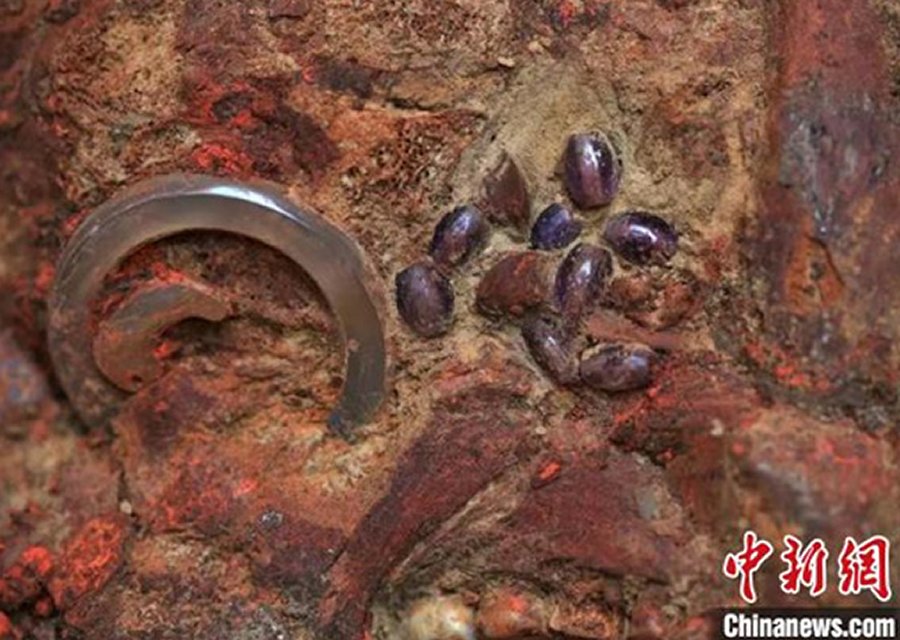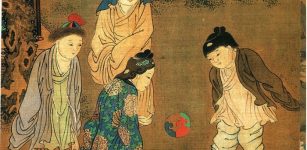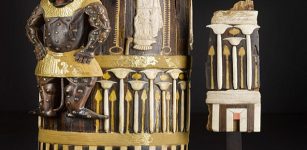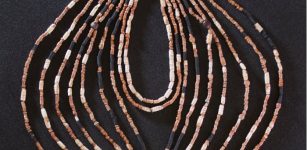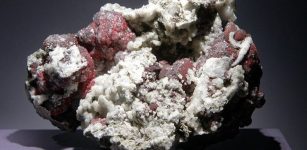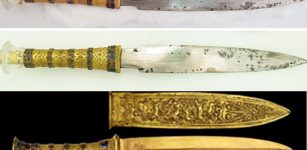Pregnant Woman’s Remains With An 8-Month Fetus Unearthed At Ancient Taosibei Cemetery, Shanxi, China
Conny Waters - AncientPages.com - A tomb of an upper-class female from the late Spring and Autumn Period (770-476 BC) has been excavated at the Taosibei cemetery site in Xiangfen county of North China's Shanxi province.
The tomb belongs to a 30-year-old pregnant woman, with the bones of an 8-month fetus found in her womb.
The photo shows a full view of the tomb. The photo is provided by Shanxi Provincial Institute of Archaeology. Photo - Chinanews.cn
The tomb is 6.5 meters long, 9.8 meters deep, and 5.4 meters wide. Archaologists discovered the structure paved with stones, usually used in tombs belonging to the nobility in ancient China, according to the Shanxi Provincial Institute of Archaeology, as cited by China Daily.
As the tomb also contained a collection of five bronze ding vessels, the archaeologists believed the buried woman represented an upper-class family.
Wooden burial utensils in the tomb were already rotten. Additionally, the team could unearth as many as 134 pieces (sets) of other funerary objects in this tom. Most of them were copper ware, as well as others made of lead, tin, jade and clay.
Agate accessories are found from the coffin in the tomb. The photo is provided by Shanxi Provincial Institute of Archaeology. Photo credit: Chinanews.cn - more images - here
From March 2016 to January 2017, Chinese archaeologists unearthed five tombs dating back to the Period during the excavation at the Taosibei cemetery site. Two of the five stone tombs are unearthed relatively intact, and contain the remains of two upper-class women, according to the team.
The cemetery is old, and it is mentioned earlier, dates back to Spring and Autumn Period (770 B.C.-476 B.C.)
It's very rare that the bones could be well preserved after being buried at a depth of nearly 10 meters," informed Wang Jingyan, an associate researcher with the institute, as cited by Xinhua.
Written by Conny Waters - AncientPages.com Staff Writer

![The photo shows a full view of the tomb. The photo is provided by Shanxi Provincial Institute of Archaeology. [Photo/Chinanews.cn]](https://www.ancientpages.com/wp-content/uploads/2022/06/pregnantwomantombchina1.jpg)
